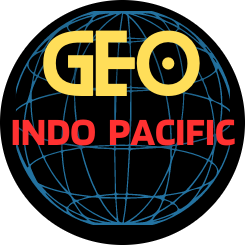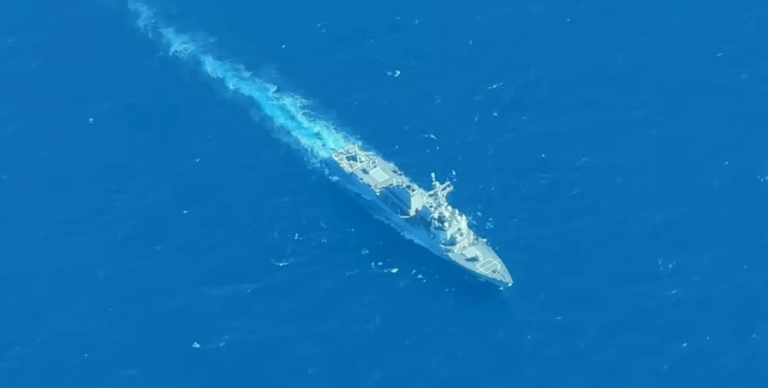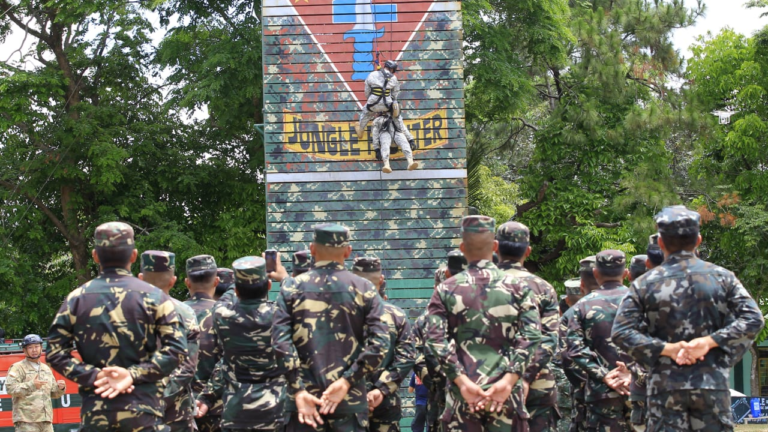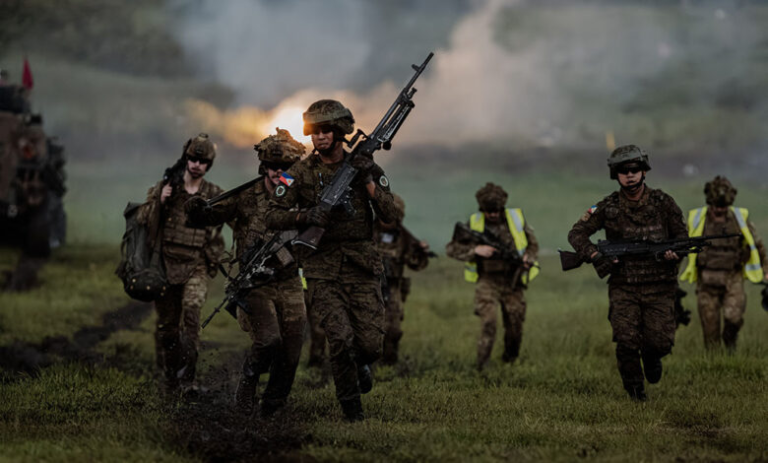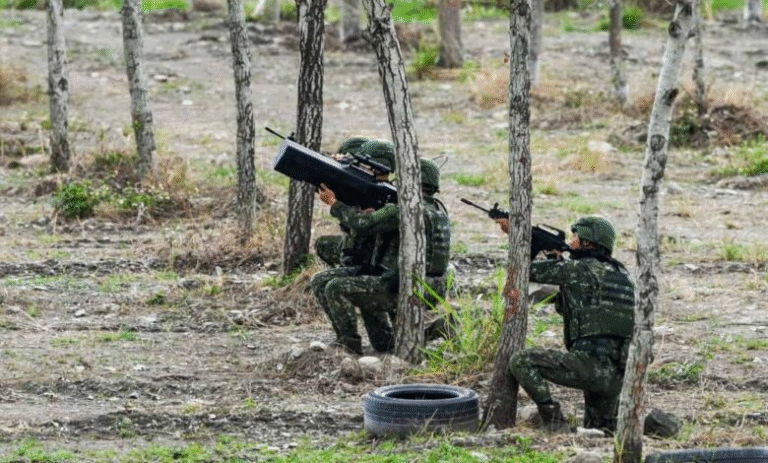
Philippine and United States forces challenged their planning, coordination and adaptation skills during an Information Warfighter Exercise (IWX) in September 2025 designed to prepare them for contingencies caused by competition, crisis or conflict.
The five-day exercise at Camp Aguinaldo in Quezon City, Philippines, trained troops to perform effectively in the information environment by implementing and adapting plans in response to mock scenarios.
Leaders of the Armed Forces of the Philippines and U.S. Indo-Pacific Command evaluated participants’ ability to comprehensively plan and swiftly coordinate. A key measure for appraisal was how well the longtime allies’ personnel worked together.
Participants were divided into teams: the Blue Cell tackled challenges with the Red Cell acting as its adversary. Personnel from the Philippine Coast Guard, National Defense Department and National Security Council formed the Green Cell to provide interagency information and consider the feasibility of the other cells’ actions based on capabilities and limitations.
The Green Cell augmented the Blue Cell during the planning, coordination and formulation of actions. Meanwhile, Red Cell members exploited scenario weaknesses and looked for gaps in knowledge or preparation.
The exercise prepared and equipped participants to navigate the battlefield. In a real contingency, failure to effectively assess and counter an adversary’s narrative could pose a strategic risk. By responding to various scenarios, participants gained experience and enhanced their knowledge.
The IWX enhanced operational planning and interagency coordination and strengthened national defense posture. It also highlighted the high level of interoperability between the forces, demonstrating their ability to integrate planning, execution and assessment processes across command structures and cultures.
The Blue Cell’s joint implementation of a shared operational planning framework, based on the U.S. Army’s military decision-making process, enabled participants to synchronize their actions and carry out their commanders’ vision. It also allowed them to identify target audiences, grasp message strategies and coordinate shared actions.
Leaders praised the Philippine-U.S. partnership’s efforts to promote security and stability in the Indo-Pacific.
